100 years of MG, decade by decade
A century ago, the Oxford Isis newspaper carried an advertisement for a new car dubbed The Super Sports Morris.
Promising “Real Speed, Real Comfort, Distinguished Appearance, Beautiful Proportions and Superlative Paintwork” for £350 it was also the first known display of a simple, yet instantly memorable octagonal logo with the letters “MG” inside.
Cecil Kimber, manager of Morris Garages of Queen Street, Oxford, had recently received permission from William Morris to turn his practical family cars into something altogether more sporty, and this was the ad that announced the new MGs to the world—well Oxfordshire, at least.
Over the next 100 years MG would rise, fall, and rise again, passing through the hands of corporate owners from near and far. It would be championed by the Ford family, kick start America’s obsession with British sports cars, but vanish without trace from these shores three decades later. Yet, even now the MG Owners’ Club is the biggest single-make car club in the world, such is the fondness for the marque.
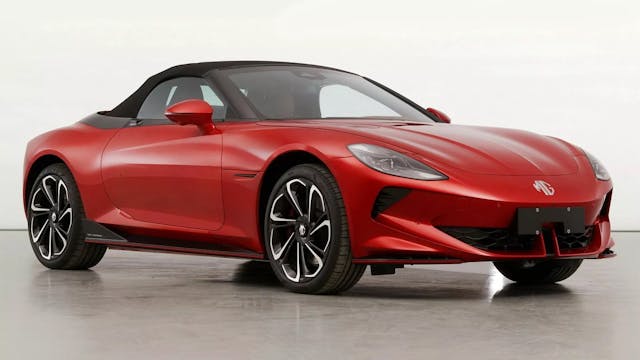
More recently MG has been reinvented into an award-winning budget brand, while the future holds much promise in the form of a return to its sports car roots.
As we await the arrival of the Cyberster sports car and the beginning of a new century for MG, let’s fill a few moments charting the course of the last 100 years.
1920s

MG’s first model, the Super Sports Morris, was road registered in August of 1923, with six cars being put together in Queen Street. Two years later came the brand’s first foray into motorsports with “Old Number One,” custom-built on a Morris Cowley chassis. Kimber scored a gold medal in the Light Car Class of the Land’s End Trial, establishing a reputation for reliability. In 1927 MG moved to a new factory in Oxford and in 1928 the MG Car Company was legally registered.
1930s
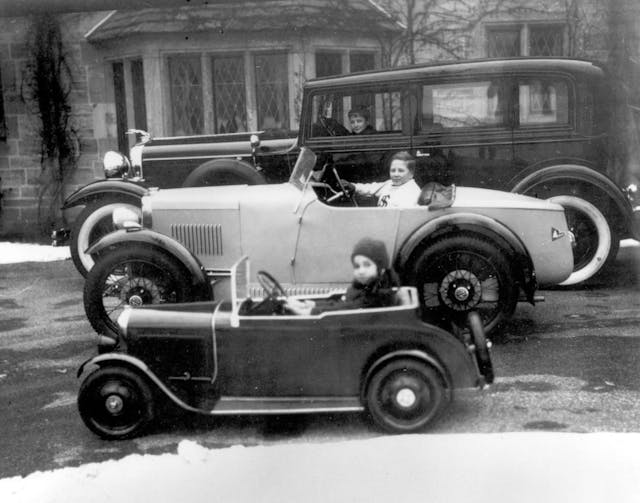
In 1930 MG found its first American fan in Edsel Ford, who imported a yellow M-Type Midget. Over the course of three years Ford reportedly drove the car 27,000 miles around Grosse Pointe, Michigan, before lodging the little car in the company’s museum. In 1935 MG ‘s success was noted by Morris and the sports car company was bought out. By the time its factory’s output was diverted to the war effort in 1939 18,664 MGs had been built.
1940s

The relief of peace was tarnished by the tragic death of MG’s founder Cecil Kimber in a train crash in London. Fortunately, good news would soon follow as, in 1946, the 20 MG TCs were officially imported to the United States. One of those attracted the attention of California Jeep dealer Kjell Qvale who secured the distribution rights for the whole of the West Coast. In 1947 just 243 MGs were sold in America, but thanks to Qvale it would rapidly grow to become the company’s biggest market. Thus began an American obsession with British sports cars that is still healthy today.
1950s
Having soldiered on with essentially pre-war designs 1955 saw the first truly new MG for the best part of 20 years. The delightful MGA was an immediate success with 13,000 built in its first year. Twelve months later MG’s total production reached the 100,000 milestone thanks largely to the demand from the U.S.
1960s

By this point MG was part of the British Motor Corporation, makers of the Mini, which also gave the company access to Austin Healey’s little Sprite platform. The MG Midget was launched in 1961 and a big brother followed in 1962 in the form of the MGB. Initially sold as a roadster, a Pininfarina-style GT hardtop coupe came along in 1965 and cemented the B as America’s favorite British sports car for the next 20 years.
1970s
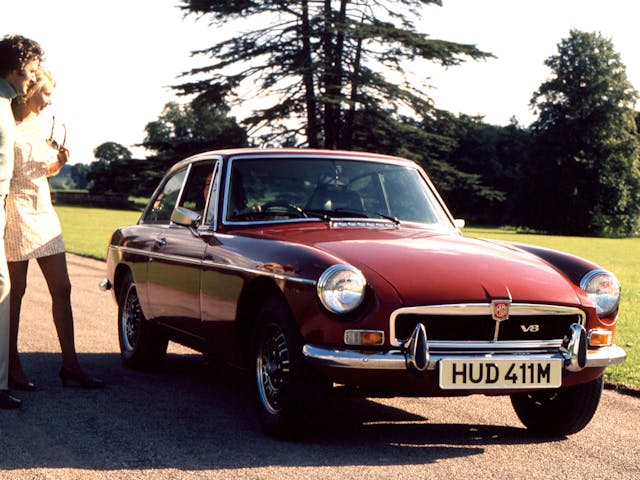
At the end of the 1960s MG had been amalgamated, along with Austin, Morris, Triumph, Jaguar, and Land Rover, into the nationalized British Leyland. MG production accelerated with the B reaching 250,000 units by 1971, and the brand’s one millionth model was assembled in 1975. Even the Midget exceeded the 220,000 mark by the time it reached the end of its life in 1979.
1980s
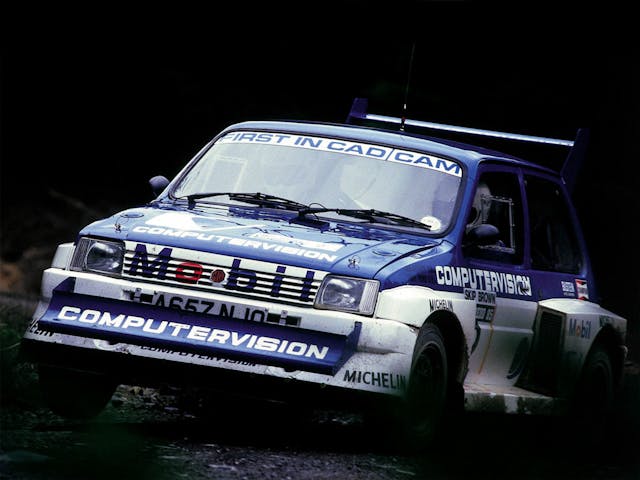
After boom of the 1970s, the Eighties was a bust. The last MGB was built in 1980 with the final example being given to Henry Ford II to sit alongside his father’s Midget in the company museum. Back home, MG was relegated to badge engineering, its once-proud octagonal logo adorning warmed-up hatchbacks and family sedans from Austin-Rover. There was one exception, however, in the form of the Group B rally MG Metro 6R4. Sadly, it was somewhat unreliable and arrived too late to make much of an impact in the World Championship.
1990s
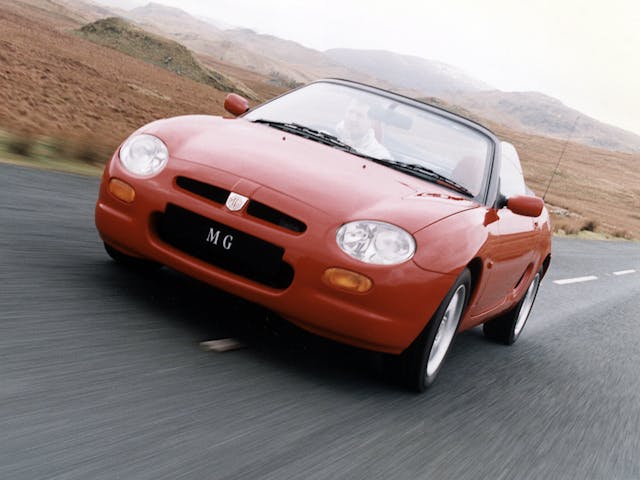
Resurrection and redemption were the keywords for the MG of the 1990s. Now part of the Rover Group, the company issued a run of almost 2000 MGB V-8s with engines provided by Land Rover. That was just a teaser to revive interest in the brand as, in 1995, the roadster returned. The MGF was mid-engined and fun to-drive, but the Rover Group’s owners BMW, elected not to bring it to the U.S., even though it was the U.K.’s best-selling sports car.
2000s
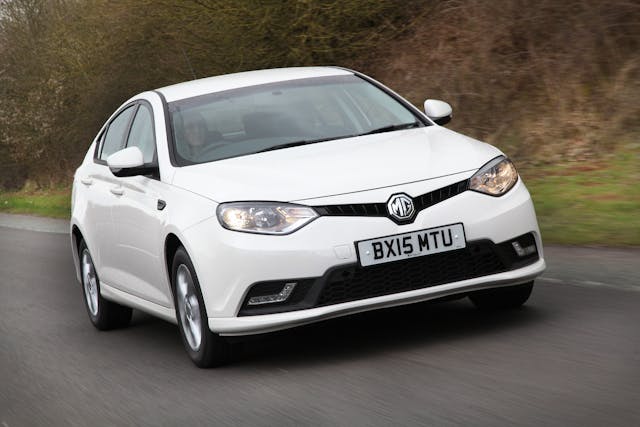
BMW quickly lost interest in the Rover Group, off-loading it to the British-backed Phoenix consortium. The badge continued to adorn assorted racier Rover products, and the F got a facelift, but the honeymoon didn’t last, with the firm going bust in 2005. China’s Nanjing Automobile Corporation stepped in, buying up what was left of MG and Rover and moving assembly lines east.
2010s

MG changed hands again in 2007 when state-owned SAIC bought Nanjing. Then, 2011 brought the first new MG since 1995 in the shape of the rather sedate MG6 sedan. It was followed by the MG3 hatchback and a new era of budget MG motoring was ushered in.
2020s
There’s no doubt that SAIC has achieved an impressive turnaround with this strategy. In 2021 the company sold half a million models worldwide and MGs are now in the top ten sales charts of 20 countries around the world. This success has prompted a huge investment in electrification, and its MG4 has won a slew of awards thanks to its keen pricing and respectable range. What’s most exciting, however, is that the huge uptick in sales and spending on technology means that a new MG roadster, the Cyberster, will be on sale in 2024. Could it mark the brand’s return to America? We hope so.
***
Check out the Hagerty Media homepage so you don’t miss a single story, or better yet, bookmark it. To get our best stories delivered right to your inbox, subscribe to our newsletters.
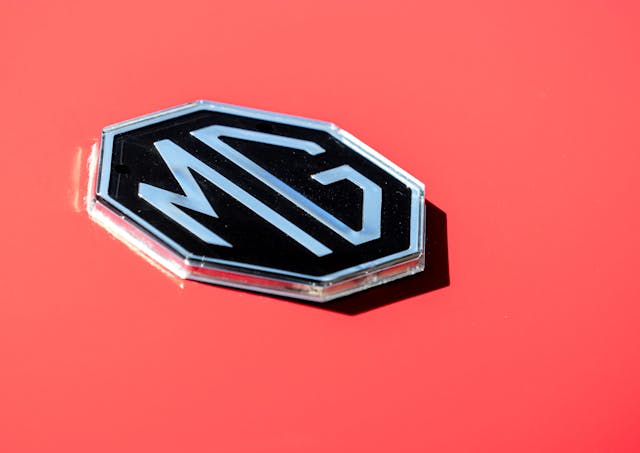
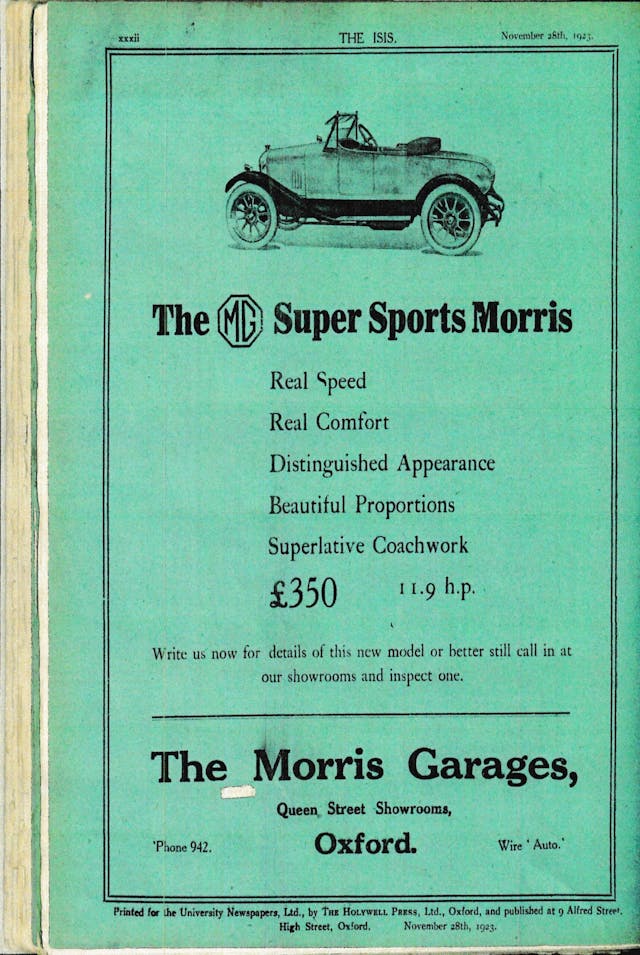

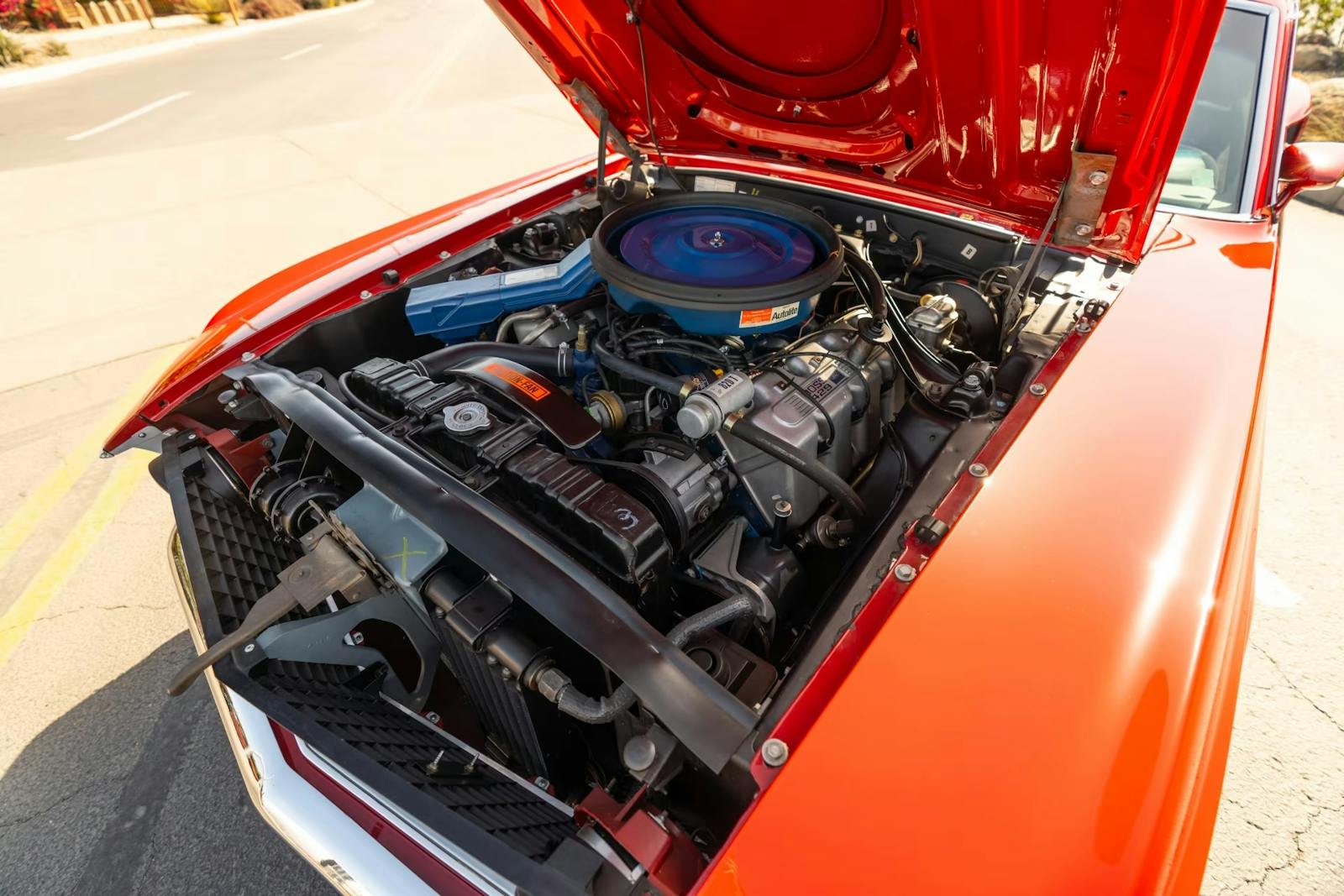
Wait what? MG is still around? Nothing in the USA since 1980 the fall of British Leyland, and there was certainly a market for it…. Proof Mazda took it over.
Like the cars, LOVE the styling, but…
The Cyberster? Please, NO SU or Weber stuff; better yet, let Mazda build it.
Again.
I LOVE this car. Have two MG’s.
Hagerty. I’m the head of the MG Vintage Racers group (MGVR) and put out an online newsletter to our members once a month. I’d like permission to put this article in the April newsletter due out 4-28. Our big event is the MGVR 100th celebration at the Lime Rock Historic festival Sept 1-4. I’m also a Hagerty drivers club member.
Is that Edsel Ford in the MG or Henry Ford? Caption says Henry, text says Edsel. Judging by the cars, it must be Edsel. Henry would have been older. Great photo regardless!
It’s actually Henry Ford II in the MG! (Edsel wasn’t that small at that point in time either.) Thank you, I have adjusted the caption!